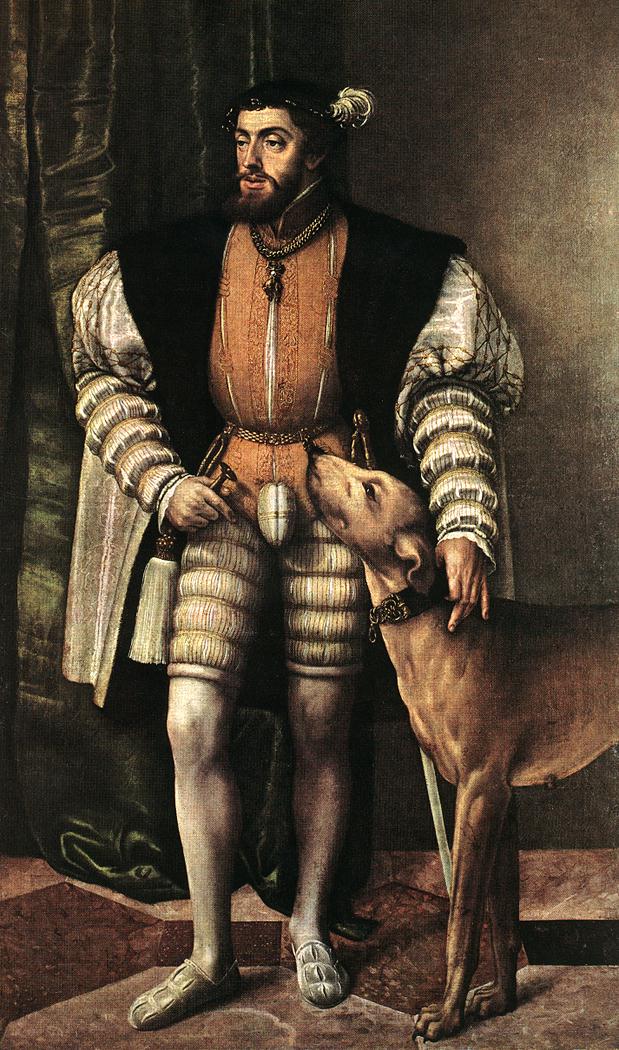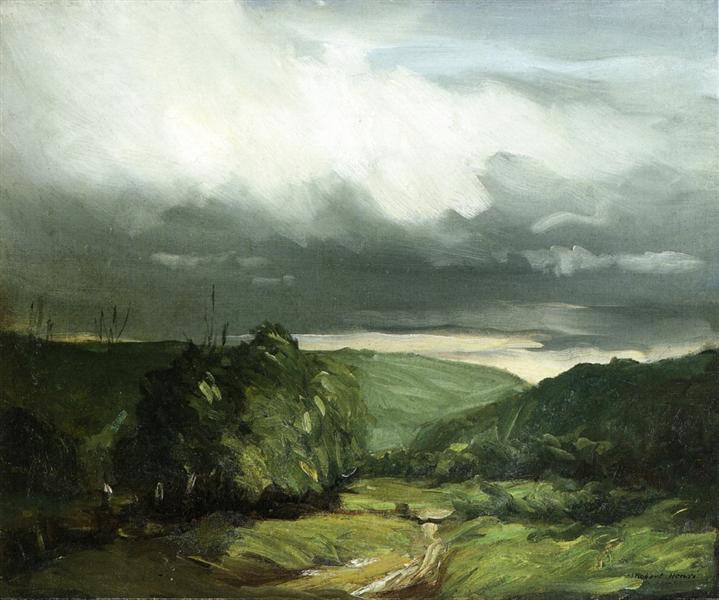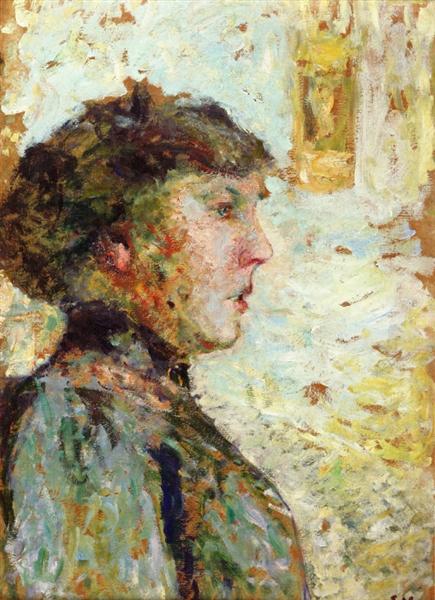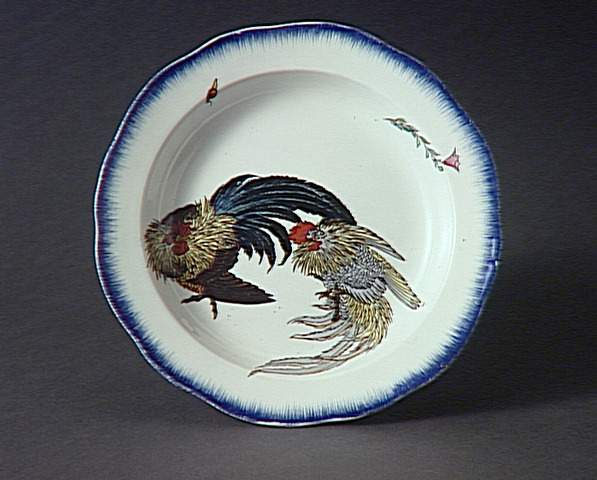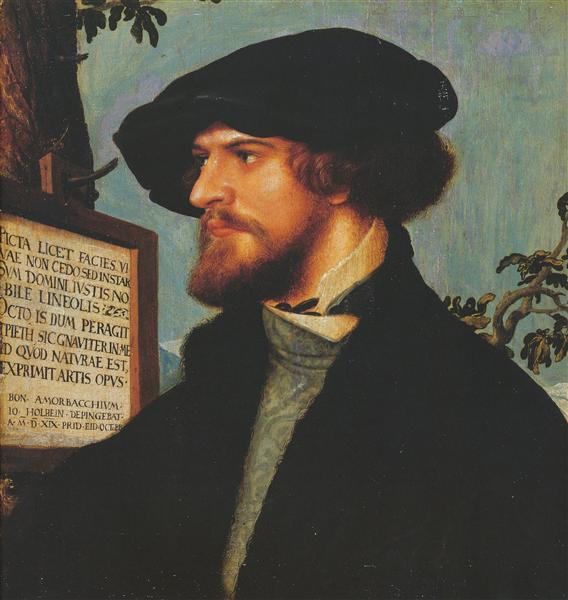Description
When contemplating "Nu À La Chaise Longue" by Henri Matisse, one immerses oneself in an exquisite synthesis of the essence of the human figure and the masterful use of color that characterizes the work of this notable French artist. Painted in 1923, this 75x47 cm piece is a celebration of the female form, presented in a pose of serene exaltation on a chaise longue. The painting stands out in the history of modern art for its compositional simplicity, which, however, is loaded with emotional complexity and dynamism that are distinctive of Matisse's ability to transform the simple into something profound and meaningful.
The female figure, in complete nudity, unfolds with natural sensuality on the chaise longue, a piece of furniture that becomes the perfect pretext to accentuate comfort and relaxation. This element is not just a physical component but also provides a visual texture that compensates for the economy of details in the environment. Matisse used soft, enveloping curved lines to shape the figure, simultaneously suggesting stillness and movement, while the chaise longue delineates an intimate, almost private space where the model unfolds with carefree elegance.
The color scheme employed in "Nu À La Chaise Longue" reflects Matisse's unparalleled skill in using color as an emotional expression, a trait that distinguished him throughout his career. The woman's skin, captured in warm and soft tones, contrasts with the rich and deep blues and greens of the background, creating a harmony that is both visual and psychological. The colors not only delineate the form but also evoke an atmosphere of calm and reflection.
The absence of details in the background and a minimum of distractions allow the viewer to focus on the central figure and the interaction of colors. This focus on the essential, almost minimalist, reveals Matisse's interest in the purity of line and clarity of form, elements made possible by his studies of Islamic and Oriental art, where he found an inexhaustible source of inspiration.
Throughout his career, Matisse was always interested in representing the human body in its most elemental and poetic form. Works like this one can be seen in relation to other paintings of Matisse's nudes, such as "Odalisque with Red Pants" (1921) or "The Dance" (1910). Although each of these works presents its own stylistic and thematic variations, they all show Matisse's continuous fascination with the fusion of form and color in an expression of human vitality and beauty.
Besides the visual treatment, it is important to situate this work within Matisse's artistic evolution, who continued experimenting and refining his visual language until his final years. "Nu À La Chaise Longue" is at a crucial moment where Matisse has already surpassed Fauvism, a movement of which he was a central figure, and is deeply immersed in his more mature and serene exploration of art.
In conclusion, "Nu À La Chaise Longue" is not only a work that celebrates the female form but also a testament to Henri Matisse's genius in capturing the essence of humanity through masterful use of color and form. In its apparent simplicity, the painting reveals layers of meaning and emotion, consolidating Matisse as one of the main masters of modernity.


